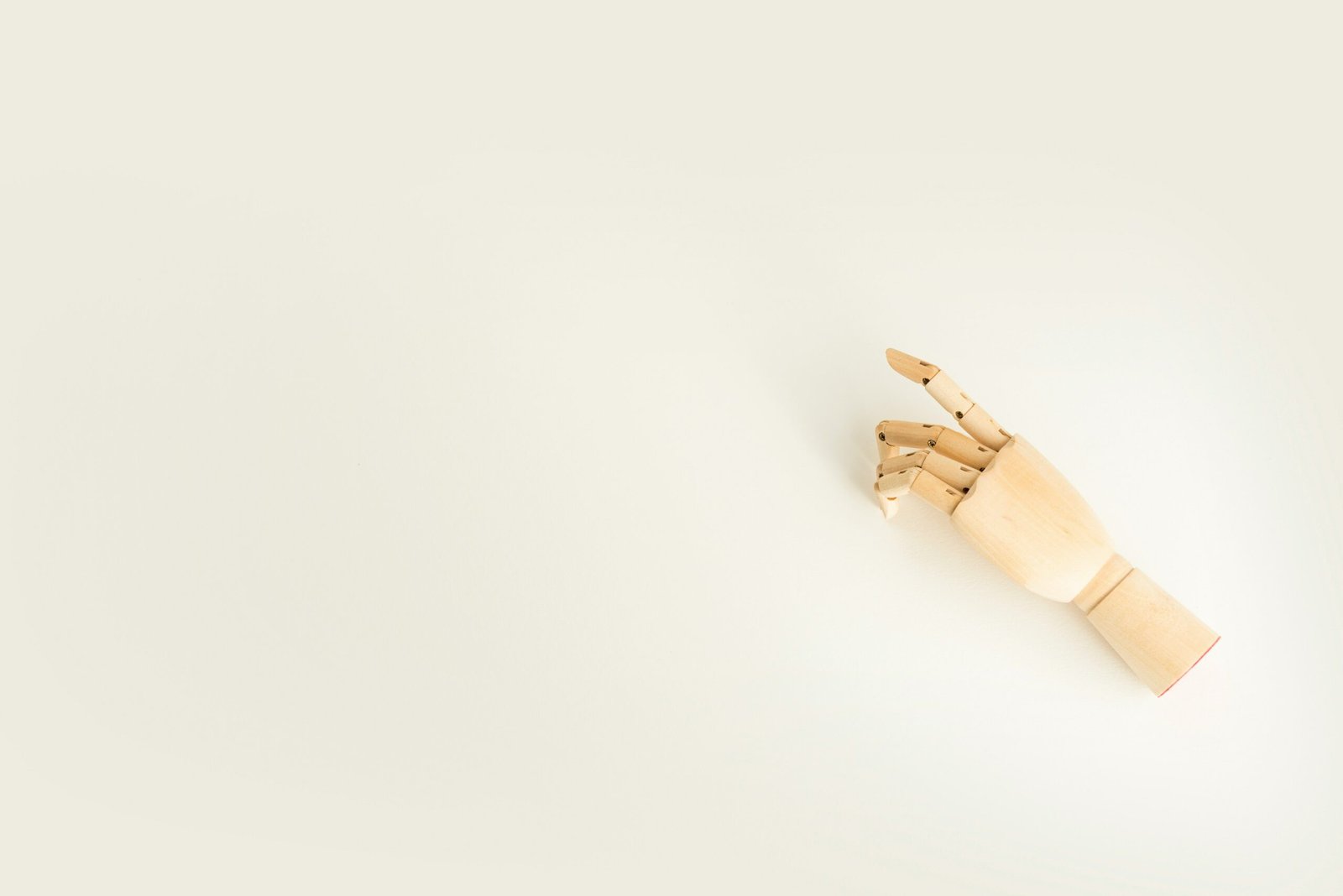
CC-BY, Unsplash
Introduction
This educational activity was carried out during the skills workshops, in the context of the natural science lesson as well as in the IT lesson. It took 6 teaching hours and 34 students of the fifth grade of the primary school participated. The theme is related to the human body and the anatomy of the hand. The students built a hand using cardboard, straws and rope to learn about the anatomy of the human hand. With the help of Lego WeDo, they programmed the hand to open and close and move its fingers.
Procedure
First, students were divided into mixed ability groups of four or five people. Each group had a worksheet which was used to guide the group members through each stage of the activity and to help them in the distribution of roles in each group.
Stage 1
The students noticed their palm. They opened and closed their fingers and discussed the function of their fingers. Then the students asked some questions:
- What makes our palm and fingers open and close?
- Why do our fingers split into smaller parts?
- How do our fingers open and close?
- How do they cooperate and work together?
Stage 2
Students looked at a picture of the inside of our hand and the parts it is made of. They observed the bones, phalanges, joints and tendons.
They then drew their own hand on a piece of cardboard and drew the phalanges, joints and tendons of their hand. They cut out the outline of their palm and folded the cardboard where the joints are. After, they used straws to make the phalanges and rope to make the tendons. Scissors, tape and glue or a silicone gun were needed.
The mechanical hand is ready. By pulling the ropes that connect the fingers, we can close and open each finger or the whole hand.
It should be noted that even students from younger classes can reach this point.
Stage 3
Using LEGO Education WeDo, the students connected the ropes to a wheel. Then, with the help of a computer, they programmed the wheel to move clockwise and counterclockwise to open and close the fingers. They tested the speed and time of rotation. They also tried to connect only one rope at a time so that they could just open and close one finger.
Results
Students worked experientially and actively participated in the given activity. The teacher had the role of guide and coordinator. He helped and supported where needed. The students participated in the activity with great enthusiasm. They located the phalanges, tendons and joints in their palm. They worked as a team and all managed to build their palm model with simple materials. The teams also managed to program the mechanical cardboard hand and make it open and close its fingers. Finally, through experimentation, they managed to answer the questions they had originally posed.
Extensions
The teams thought about what else they could do with the mechanical arm. They discussed their ideas. Some of them were programming the mechanical hand to grasp certain objects and connecting each finger to a different wheel, so that they could program each finger separately to make the mechanical hand play a piece of music on the piano.
About the author:
Nikolia Nifora has been working as a primary school teacher for over 15 years. She is a Scientix Ambassador. She is also a teacher of natural science in elementary school. She also works on topics for pisa-type diagnostic tests in elementary mathematics. She likes to be around children, especially when they actively and experientially working together towards a common goal. She is passionate about everything related to physics, technology, robotics, mathematics and art. Finally, one of her goals is the promotion of STEM and its inclusion in the curriculum of all primary school classes, as well as its implementation by teachers.
Tags: anatomy, cardboard, experimentation, handmade, hands-on science, LEGO Education WeDo, mechanical hand, robotics, STEM, STEM activity


Recent Comments